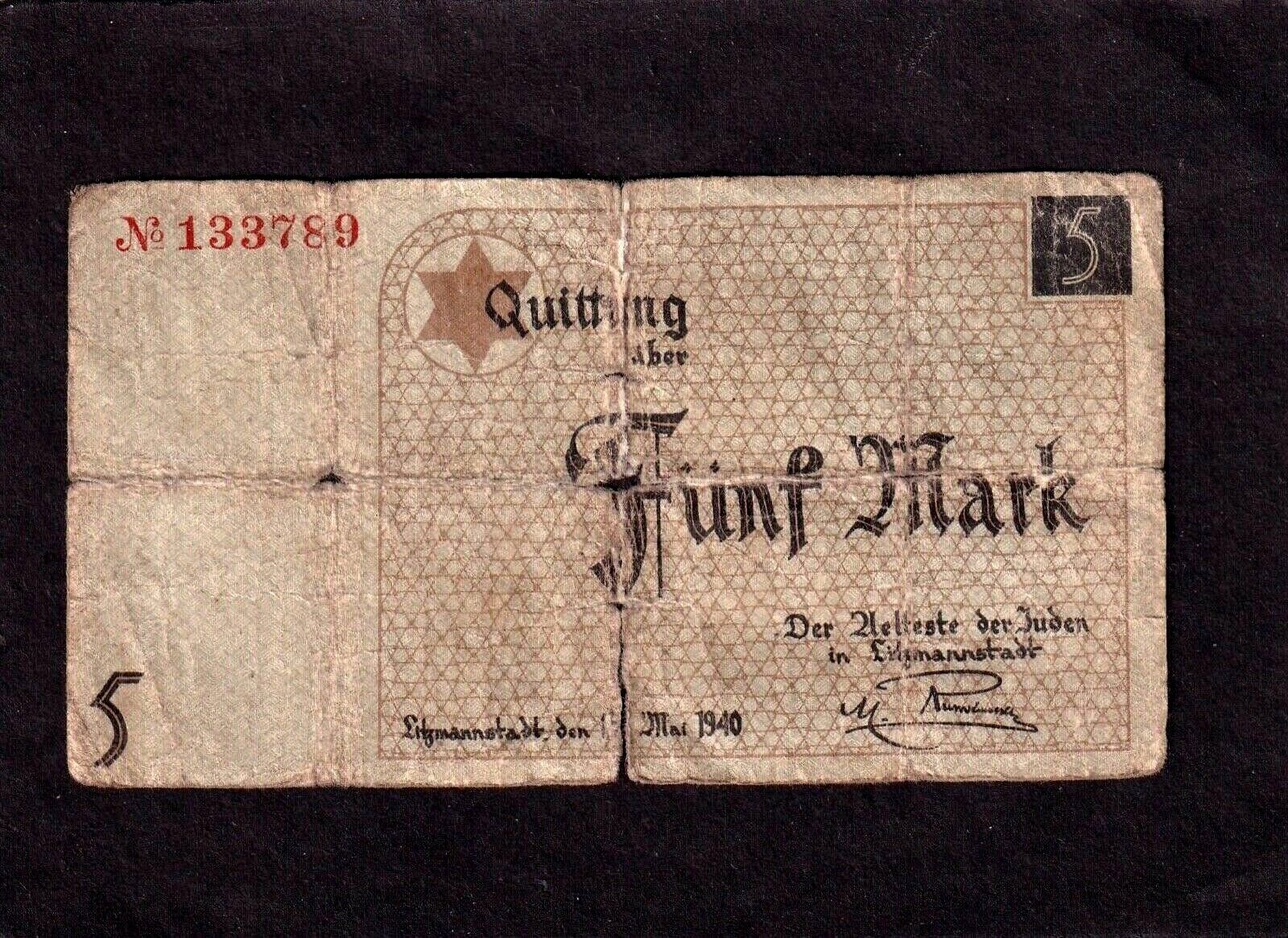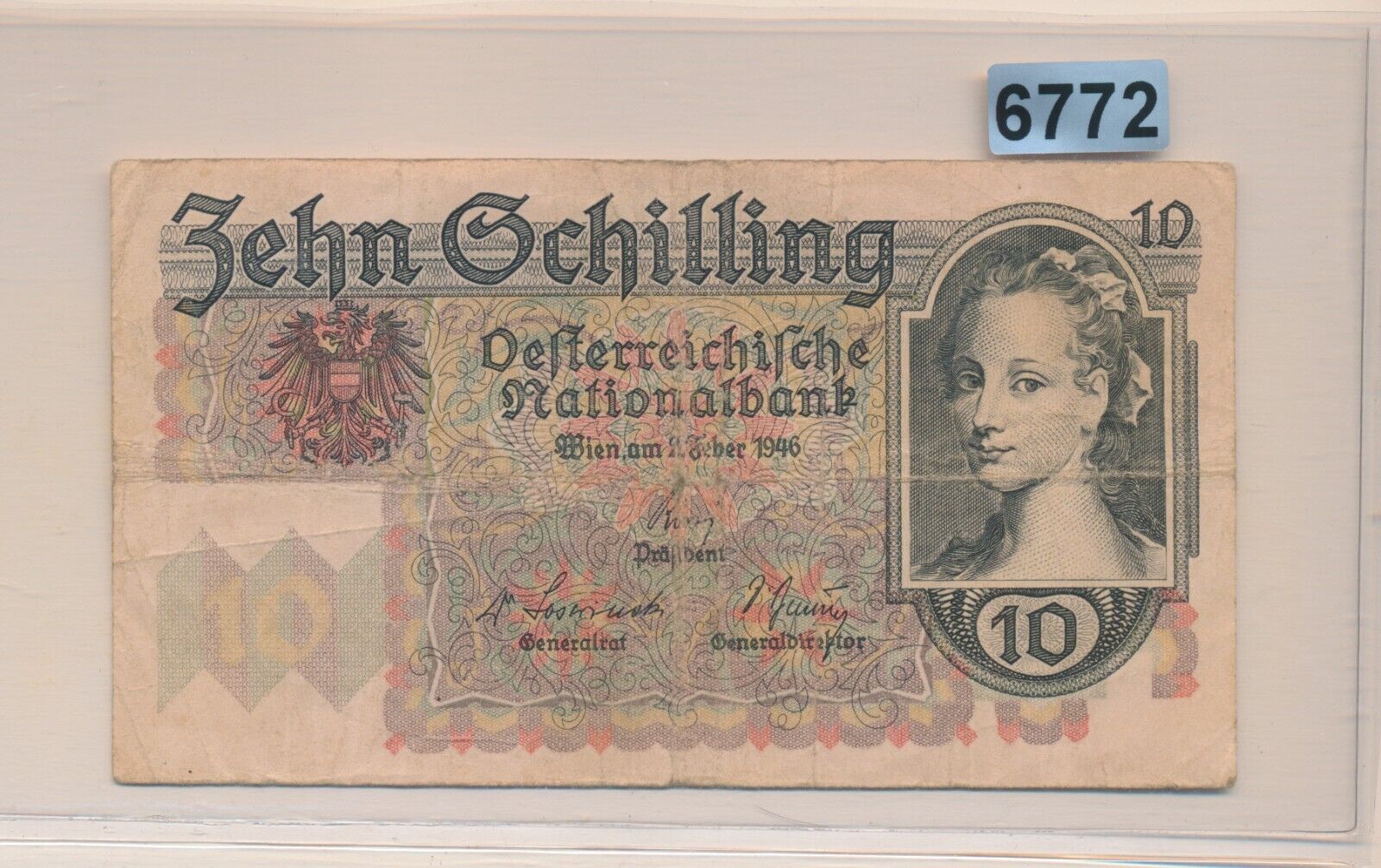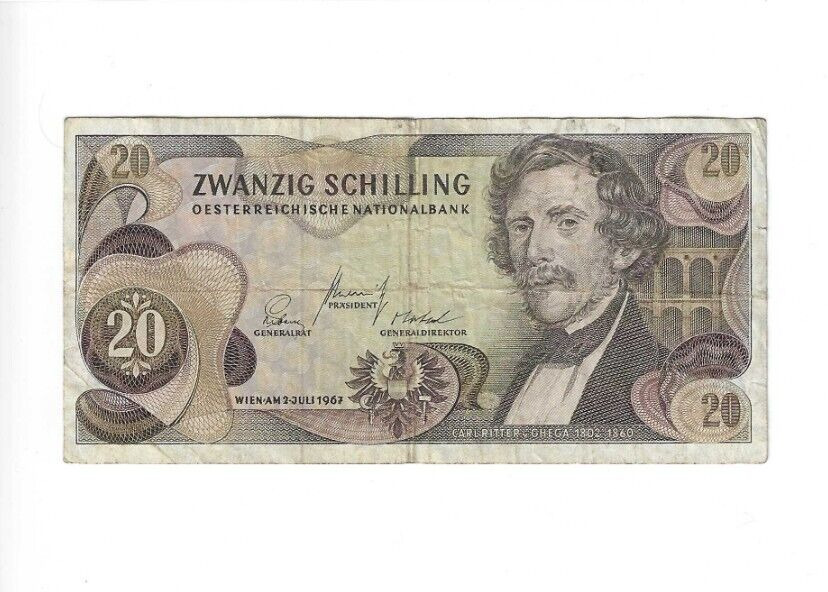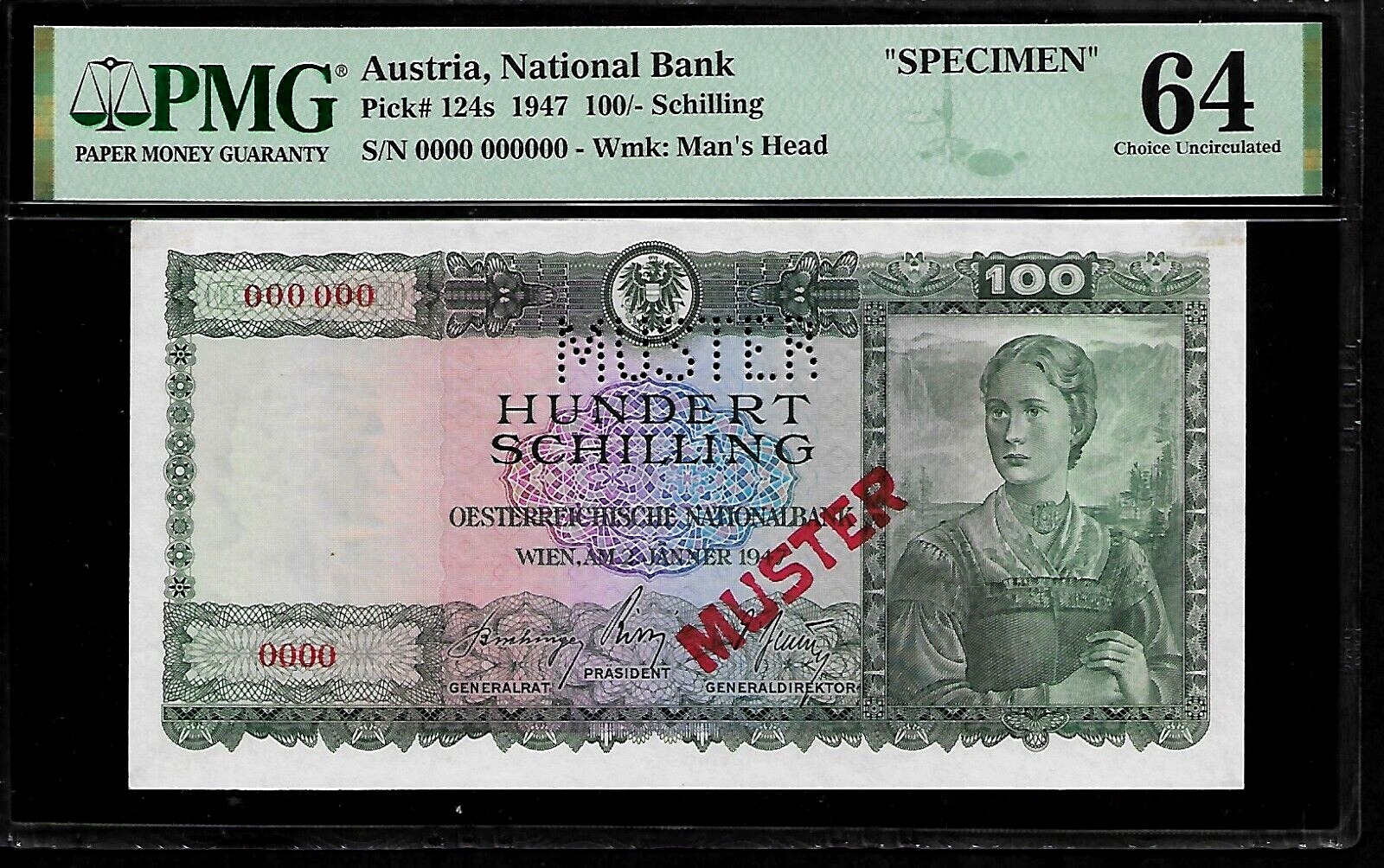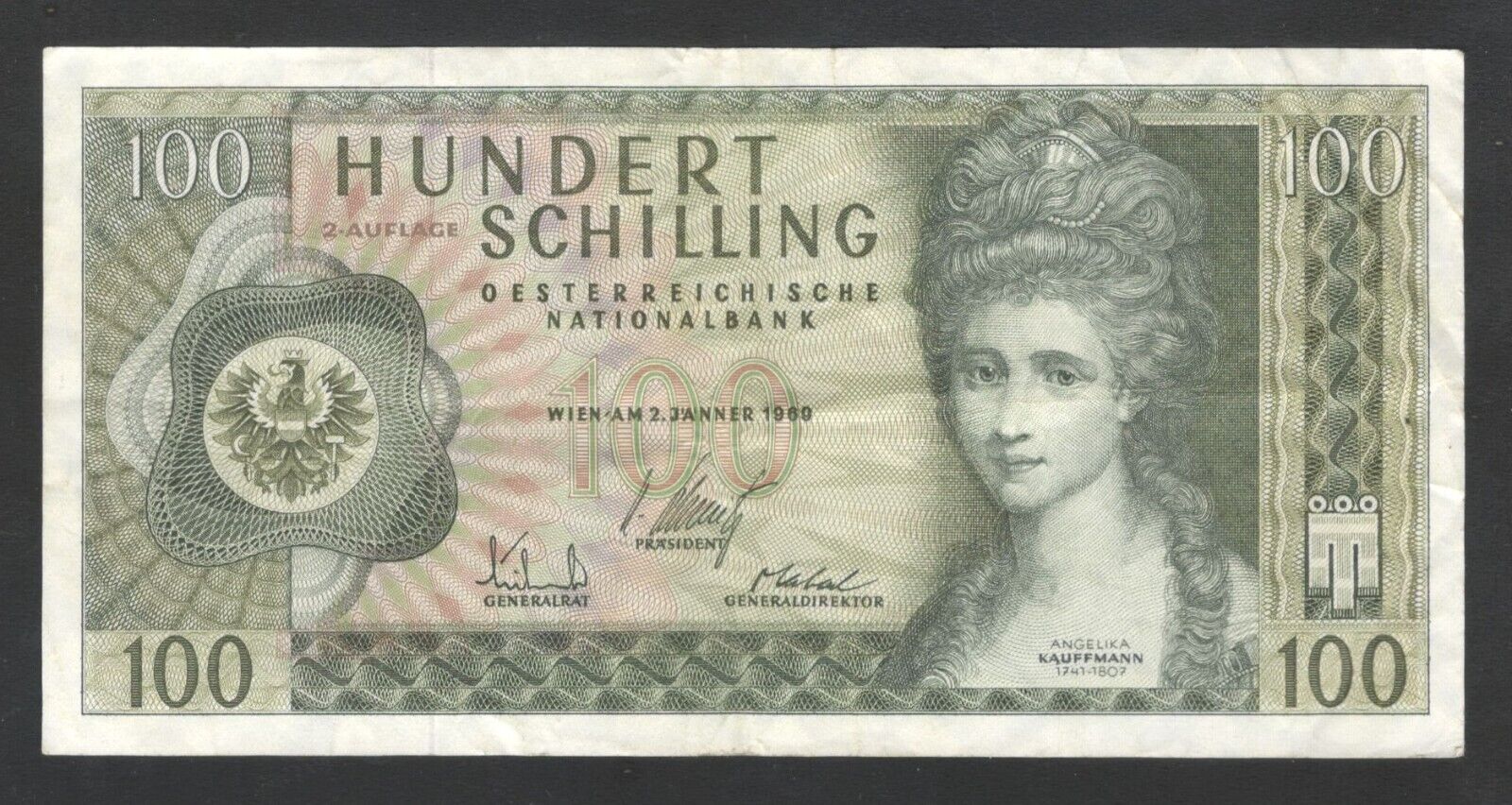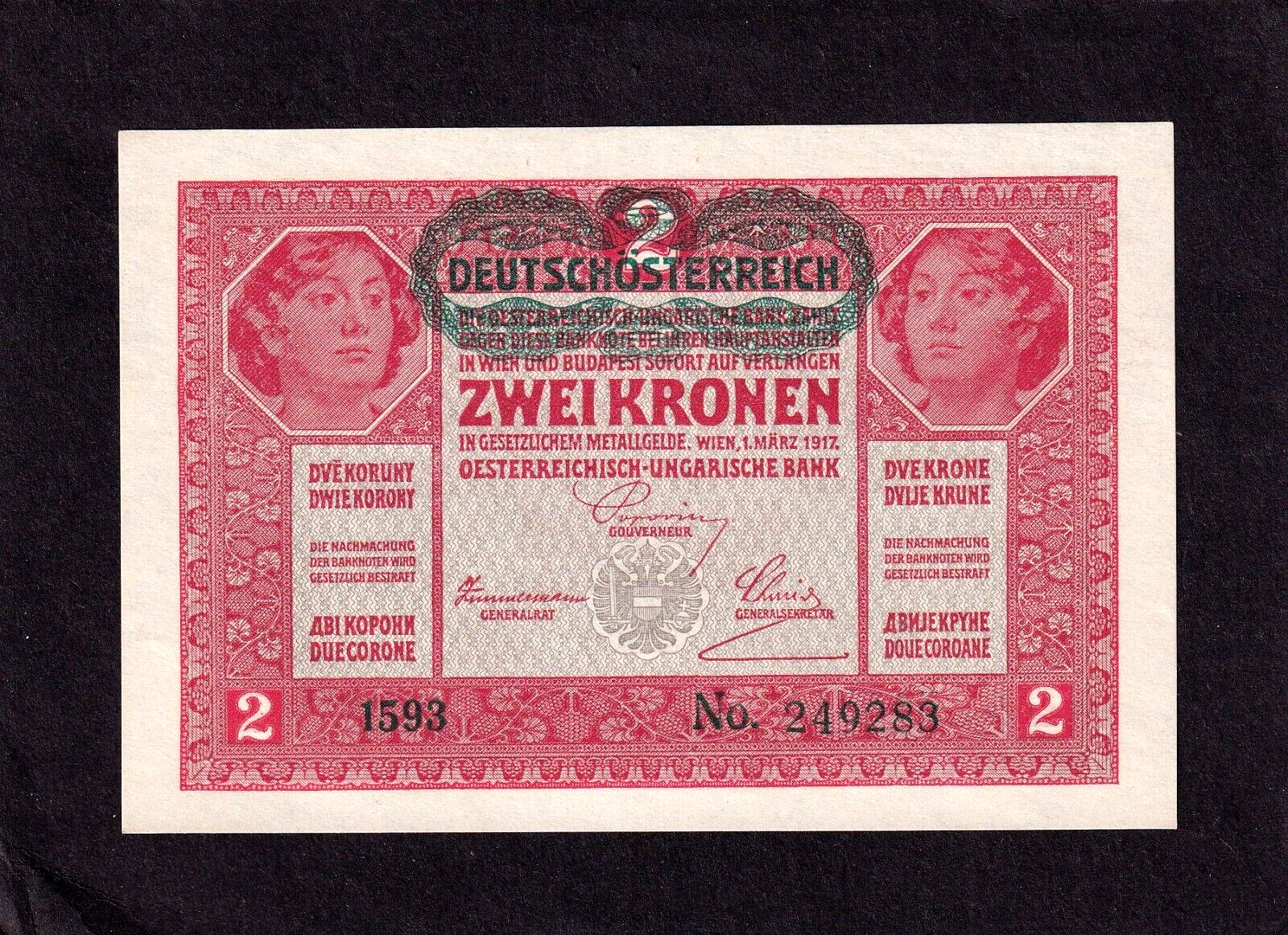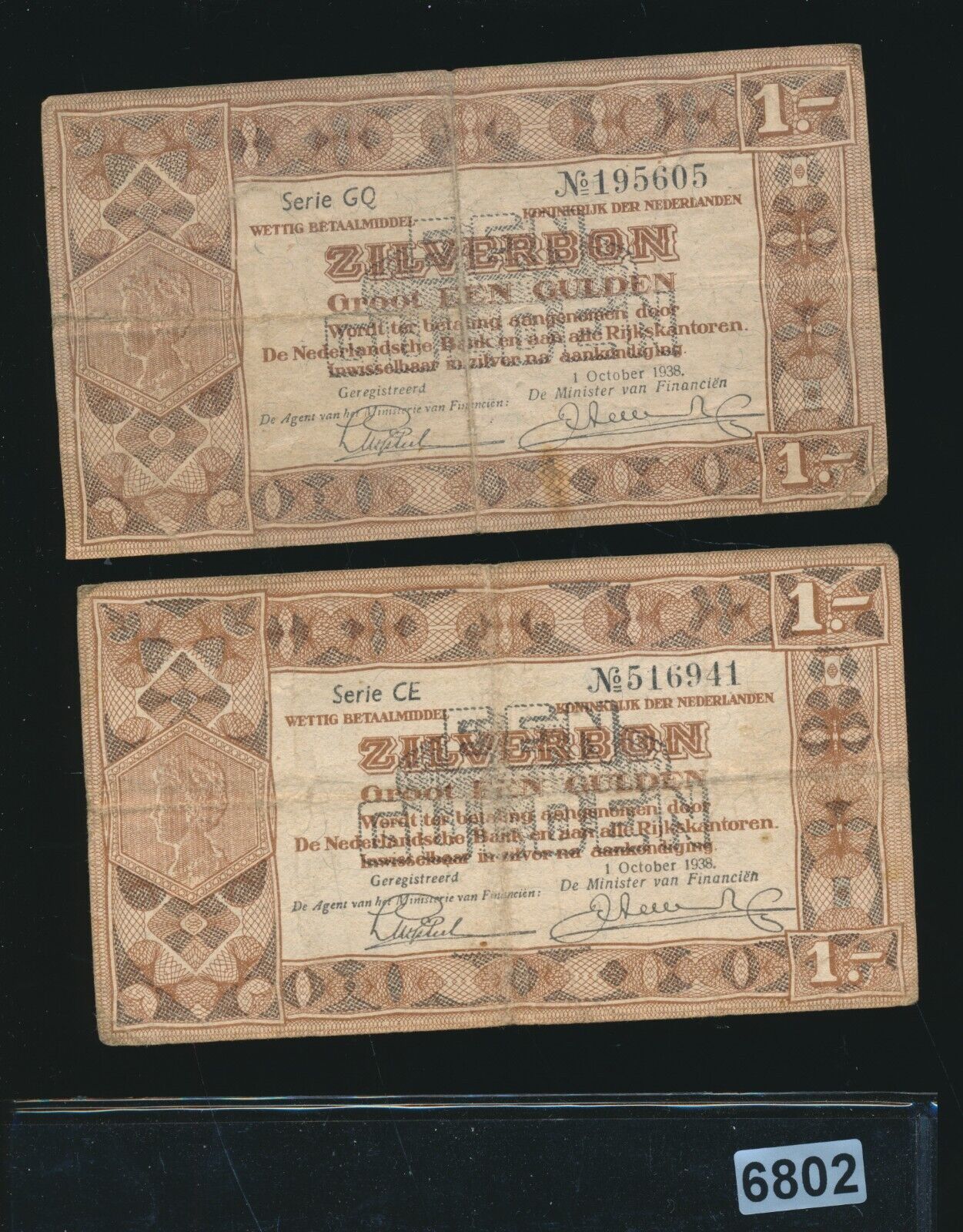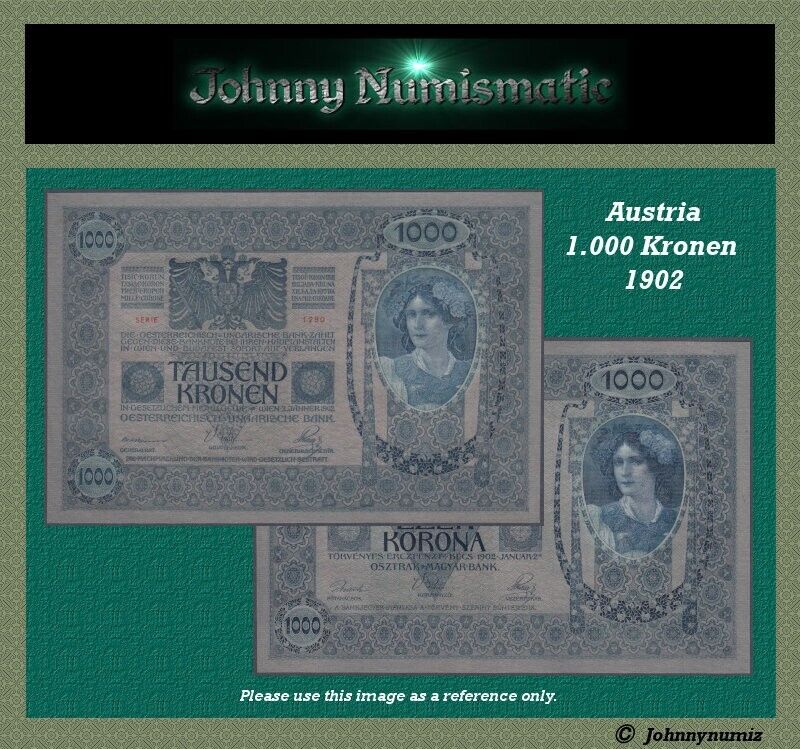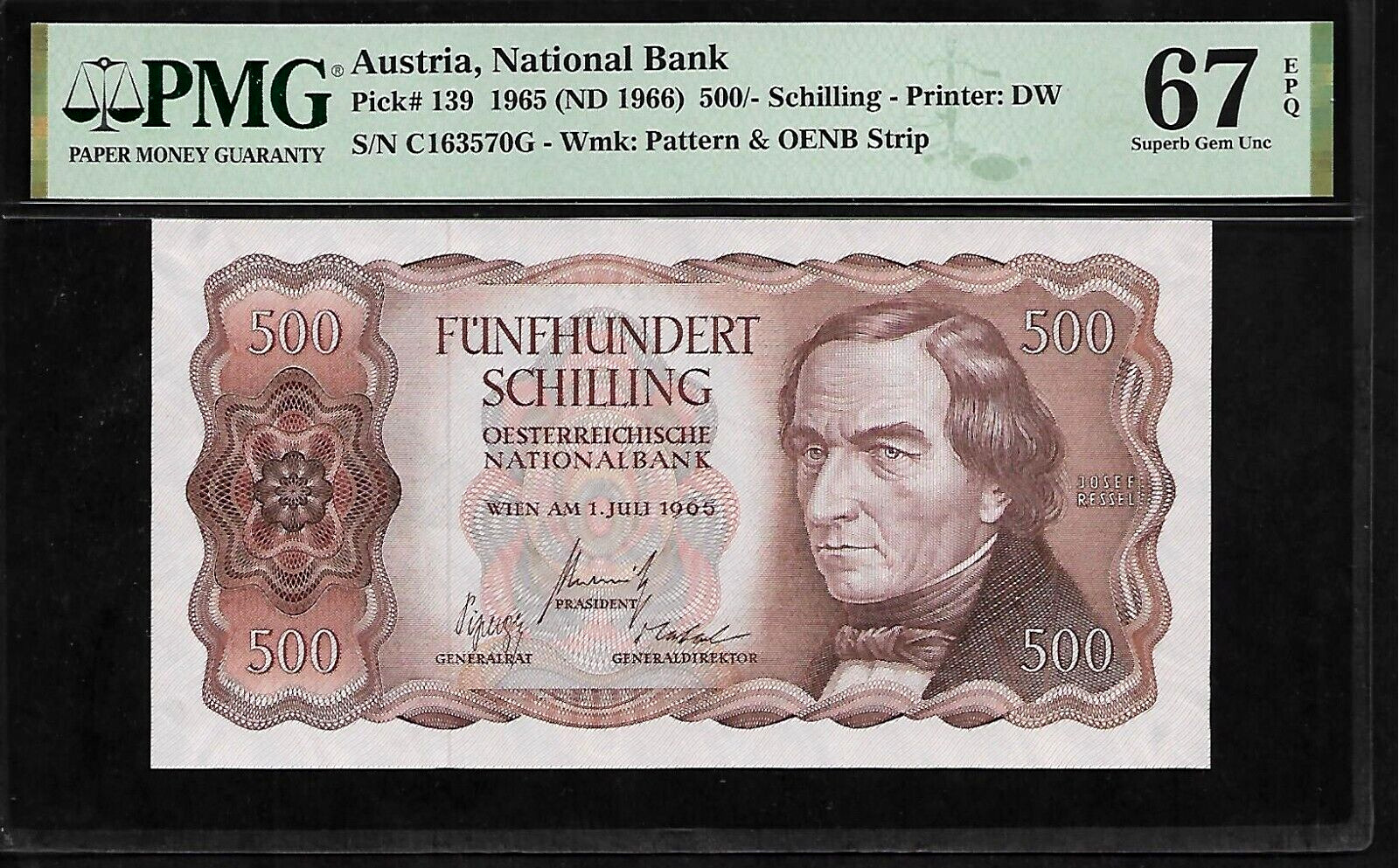-40%
Concentration Camp Litzmannstadt 1940 5 Mark Poland , Poor
$ 84.48
- Description
- Size Guide
Description
One note of Concentration Camp Litzmannstadt 1940 , 5 Mark, Concentration Camp currency.Poland .Condition (opinion): Fair-/Poor Tears or cuts :One large at lower part of 3,6cm and other minor.
See scan.See below some information related found on the web.Size:13 cm/7,2cm (average/small or small).
------------------------------------------------------------
Postage, including packing material, handling fees : Europe: USD 4.10 / USA $ 4.90. Rest of the World: USD 5.70
FREE of postage for any other items.
Only one shipping charge per shipment (the highest one) no matter how many items you buy (combined shipping).
-----------------------------------------------------------------------------
Guaranteed genuine -
One
month
return
policy
(retail sales) .
Returns accepted with no questions.
Customers are invited to combine purchases to save postage.
Full refund policy ,including shipping cost,guaranteed in case of lost or theft after the completion of the complaint with Spanish Correos for the registered letters (purchases above $ 40.00).
As we have (or could have) more than one identical item ,the serial number may differ from those shown in the picture which is for reference only.
For purchases above .00 we send the orders registered with tracking number without extra charge, for purchases below .00 we ship as regular letters at the buyer's risk.
For purchases below $ 40,00 who want to register your letter with tracking number, please add an extra for : Europe .00 , U.S. .00 ,Rest of the word .00 .Please request or wait for our invoice before paying.
For some destinations and purchases below .00 customers may be requested for this extra shipping payment in order to register the shipment with tracking number.
If for any reason, your item did not arrive yet, or you are not 100% satisfied with the item you have received, please do not hesitate to contact , I will do all it takes to provide the best service.
Banknote Grading
UNC
AU
EF
VF
F
VG
G
Fair
Poor
Uncirculated
About Uncirculated
Extremely Fine
Very Fine
Fine
Very Good
Good
Fair
Poor
Edges
no counting marks
light counting folds OR...
light counting folds
corners are not fully rounded
much handling on edges
rounded edges
Folds
no folds
...OR one light fold through center
max. three light folds or one strong crease
several horizontal and vertical folds
many folds and creases
Paper
color
paper is clean with bright colors
paper may have minimal dirt or some color smudging, but still crisp
paper is not excessively dirty, but may have some softness
paper may be dirty, discolored or stained
very dirty, discolored and with some writing
very dirty, discolorated, with writing and some obscured portions
very dirty, discolored, with writing and obscured portions
Tears
no tears
no tears into the border
minor tears in the border, but out of design
tears into the design
Holes
no holes
no center hole, but staple hole usual
center hole and staple hole
Integrity
no pieces missing
no large pieces missing
piece missing
piece missing or tape holding pieces together
---------------------------------------------------------------------------------
See some related information from the web:
The Łódź Ghetto or Litzmannstadt Ghetto (after the Nazi German name for Łódź) was a Nazi ghetto established by the German authorities for Polish Jews and Roma following the Invasion of Poland. It was the second-largest ghetto in all of German-occupied Europe after the Warsaw Ghetto. Situated in the city of Łódź, and originally intended as a preliminary step upon a more extensive plan of creating the Judenfrei province of Warthegau,[1] the ghetto was transformed into a major industrial centre, manufacturing war supplies for Nazi Germany and especially for the Wehrmacht.[2] The number of people incarcerated in it was increased further by the Jews deported from the Third Reich territories.[3]
On 30 April 1940, when the gates closed on the ghetto, it housed 163,777 residents.[4] Because of its remarkable productivity, the ghetto managed to survive until August 1944. In the first two years, it absorbed almost 20,000 Jews from liquidated ghettos in nearby Polish towns and villages,[5] as well as 20,000 more from the rest of German-occupied Europe.[6] After the wave of deportations to Chełmno death camp beginning in early 1942,[6] and in spite of a stark reversal of fortune, the Germans persisted in eradicating the ghetto: they transported the remaining population to Auschwitz and Chełmno extermination camps, where most were murdered upon arrival. It was the last ghetto in occupied Poland to be liquidated.[7] A total of 210,000 Jews passed through it;[4] but only 877 remained hidden when the Soviets arrived. About 10,000 Jewish residents of Łódź, who used to live there before the invasion of Poland, survived the Holocaust elsewhere.[8]
